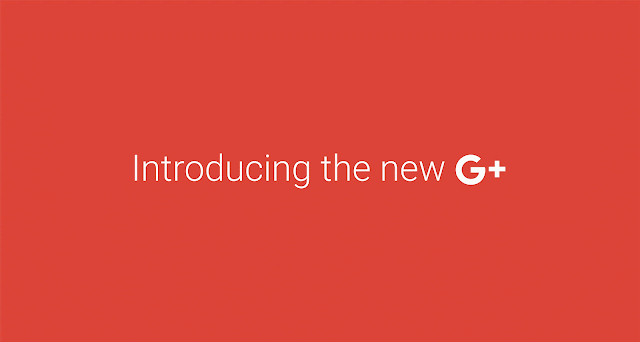
Thursday Buzz: Google+ Revamps, Focuses on Community
Google's struggling social network lives on–for communities. Plus: When's the right time for your organization to ask for money, and when should it step back?
Just when you thought Google+ was dead, it rises from the grave.
Sure, Google’s premier social media platform never really took off. But despite its lack of popularity when compared to Facebook, Twitter, and other similar sites, it still has a considerable audience: More than 17 percent of American adults visit Google+ once a month, according to Statista.
So to figure out the core problems with the Google+ platform, Bradley Horowitz, vice president of photos and streams at Google, and Luke Wroblewski, product director at Google, went on a road trip to meet their power users and learn what they wanted.

“Where it shines today, it’s actually pretty amazing. Topics like astrophotography, British dragonflies, crochet, Disc Golf Pro Ttips, earthquakes. The topics of conversation span from niche to broad.” Wroblewski told TechCrunch.
“We’re building to how people are using.” Wroblewski added.
The latest revamp of the social network is focused on community. And it makes sense: According to Horowitz and Wroblewski, Google+ Communities average about 1.2 million new joins per day, whether it’s small niche groups or giant communities like an Apple-related group that has more than 400,000 members.
“These are the places on Google+ where people around the world are spending their time discovering and sharing things they love,” Eddie Kessler, director of streams, said in a Google blog post. “We’re starting to introduce a fully redesigned Google+ that puts Communities and Collections front and center. Now focused around interests, the new Google+ is much simpler.”
Fundraising Wisdom of the Day
“You can ask for money later,” management expert David Patt says about fundraising efforts.
In a post on the Association Executive Management blog, Patt suggests that organizations take a step back and not always ask for money. Instead, they should try to get individuals involved in other ways. “They should feel they are welcome participants in an important quest, not the targets of a money-grubbing machine.”
Other Good Reads
What part of your workweek do you really enjoy? Kivi Leroux Miller, on her Nonprofit Communications Blog, has some advice on making that bright spot a daily thing, even for just a few hours.
Twitter is a super-effective tool for many groups, including trade organizations. Maddie Grant on SocialFish shares how the microblogging social network’s importance is being realized by trade associations.
Everyone loves receiving praise, but praise only works if the person giving it out is being honest, Eric Ravenscraft writes at Lifehacker.
(Google)






Comments